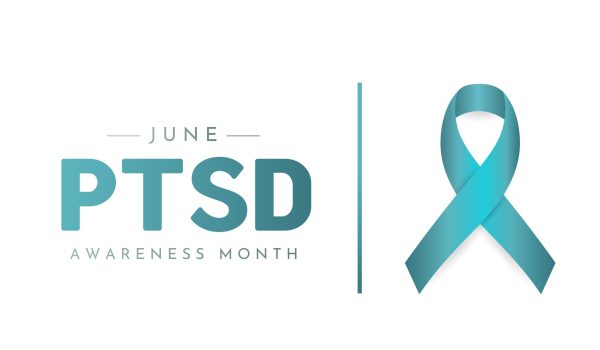June is PTSD Awareness Month
Raising Advocacy to Improve Recognition and Treatment
As PTSD Awareness Month, the month of June recognizes the symptoms of Post-Traumatic Stress Disorder. Officially designated by the US Senate in 2014, this month was established to raise awareness about Post-Traumatic Stress Disorder (PTSD) and to promote treatment for Trauma-Related Disorders. Additionally, June 27 is recognized as National PTSD Awareness Day, a day to honor those living with PTSD and to encourage support.
|
Affecting over 13 million American adults (5%) and over one million veterans (7%), Post-Traumatic Stress Disorder is a widespread mental disorder that shares symptoms with numerous mental disorders, such as:
- Major Depressive Disorder (MDD)
Shared symptoms: persistent sadness, loss of interest or pleasure, feelings of numbness or hopelessness, sleep disturbances, and difficulty concentrating.
- Generalized Anxiety Disorder (GAD)
Shared symptoms: excessive worry, restlessness, irritability, difficulty sleeping, and physical symptoms like muscle tension.
- Panic Disorder
Shared symptoms: panic attacks, intense fear or discomfort, palpitations, shortness of breath, and avoidance behavior.
- Dissociative Identity Disorder (DID)
Shared symptoms: depersonalization, derealization, memory gaps, and dissociative episodes.
|
Causes & Symptoms of PTSD
PTSD arises from experiencing or witnessing a traumatic event or a series of intense, distressing events. The trauma is recalled through intrusive memories, flashbacks, or nightmares, triggering the symptoms.
|
Most common causes include:
- Combat exposure – pronounced among military personnel and veterans
- Sexual assault or abuse – in both childhood and adulthood
- Physical assault or domestic violence
- Traumatic accidents – such as car crashes or industrial injuries
- Childhood neglect or abuse
PTSD symptoms stem from the brain’s reaction to intense and overwhelming experiences, particularly those involving perceived threats to life or safety. During trauma, the brain’s stress response system—especially regions like the amygdala, hippocampus, and prefrontal cortex—becomes dysregulated.
|
This can lead to persistent changes in how the brain processes fear, memory, and emotional regulation, resulting in symptoms such as hypervigilance, intrusive memories, emotional numbness, and avoidance behaviors. These neurological shifts are the basis for the ongoing psychological distress seen in PTSD.
|
Symptoms include: re-experiencing the trauma, avoidance, negative changes in thoughts and mood, and arousal and reactivity. Examples of response symptoms include: Experiencing night terrors related to trauma, avoiding previously enjoyable activities due to stressors, or overstimulation from sudden sounds (e.g., slamming doors) are common daily hurdles faced by individuals with PTSD.
|
Raising Awareness around PTSD and Advocating for Veterans’ Mental Health
Post-Traumatic Stress Disorder remains a public health concern, particularly among veterans, where its impact is felt through barriers to care and stigma around the mental health of veterans.
Given its strong association with suicide, substance use, and long-term functional impairment, sustained efforts to raise PTSD awareness and improve access to treatment are necessary to ensure not only veterans, but all individuals suffering from the condition, can thrive.
Click here to learn more about how you can advocate for PTSD awareness!



